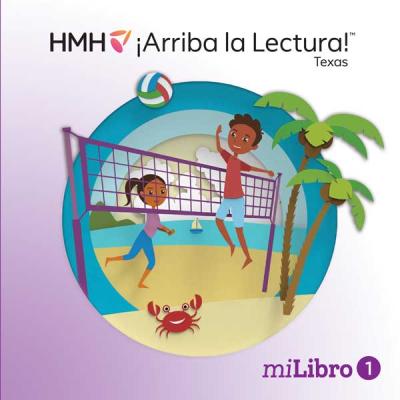Evaluation for 5.E.2a
Materials include a systematic sequence, as outlined in the Spanish language arts TEKS, for decoding and encoding multi-syllabic words depending on syllable stress (sílaba tónica), diphthongs, hiatus, the different word types (agudas, graves, esdrújulas, and sobreesdrújulas) and accent marks. (PR 2.A.1)
The Resources include a systematic sequence, as outlined in the Spanish language arts TEKS, for decoding and encoding multisyllabic words depending on syllable stress (sílaba tónica), diphthongs, hiatus, agudas, graves, esdrújulas, and sobreesdrújulas word types, and accent marks. The Secuencia de instrucción, "Destrezas fundamentales Grados K–6" provides a yearlong scope that explicitly lists phonics skills as they are taught across modules. For example, in Module 3, students are introduced to palabras agudas and palabras graves, followed by palabras esdrújulas in Module 4. Later in the year, the sequence continues with instruction on diphthongs in Module 9 and hiatus in Module 10. This progression supports students' ability to decode and encode multisyllabic words through structured and cumulative practice. The digital ¡Arriba la lectura! "Libro del maestro" includes a systematic sequence, as outlined in the Spanish language arts TEKS, for decoding and encoding multisyllabic words that aligns with the concepts of sílaba tónica, diphthongs, hiatus, and word types agudas, graves, esdrújulas, and sobreesdrújulas along with accent marks. The Secuencia de instrucción, "Destrezas fundamentales" details the instructional trajectory: palabras agudas in Module 3, Week 2, palabras graves in Module 3, Week 3, and palabras esdrújulas in Week 1 of Module 4. The sequence continues with instruction on diphthongs, triphthongs, and hiatus, supporting a coherent and scaffolded development of foundational reading skills. The ¡Arriba la lectura! online educator platform Secuencia de instrucción, "Destrezas fundamentales," demonstrates a systematic sequence, as outlined in the Spanish language arts TEKS, for decoding and encoding multisyllabic words by teaching students to recognize sílaba tónica, diphthongs, hiatus, and word types such as agudas, graves, esdrújulas, and sobreesdrújulas, including the correct use of accent marks. For instance, students decode palabras agudas in Module 3, Week 2, followed by palabras graves in Week 3. This systematic progression ensures that each concept builds upon the previous, reinforcing student understanding of complex word structures.



